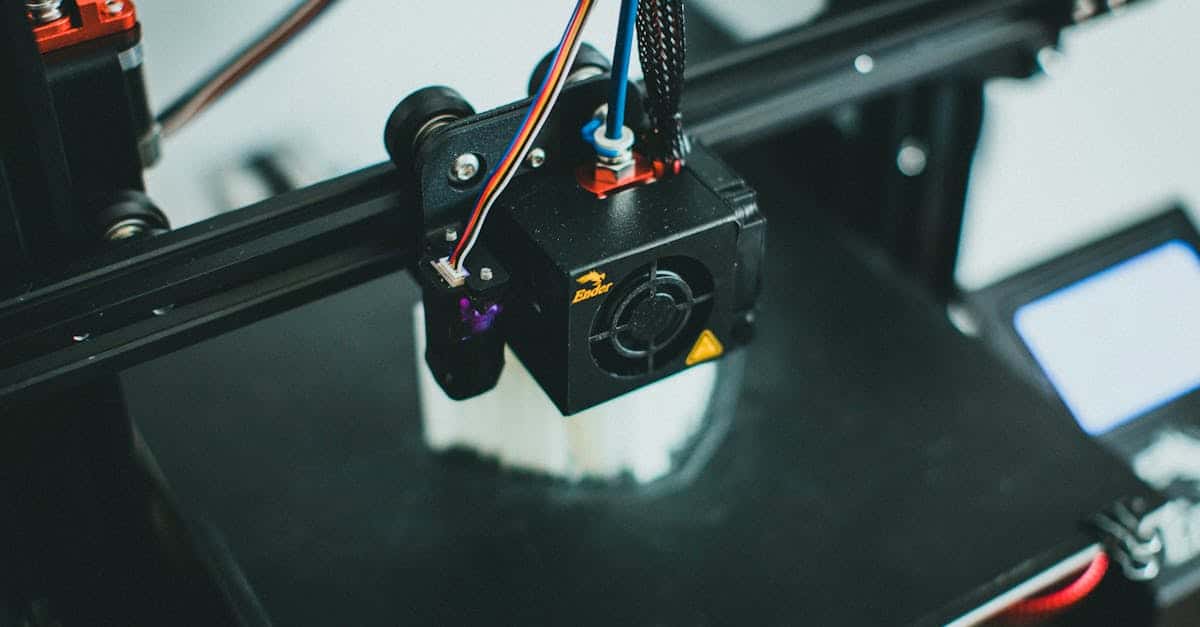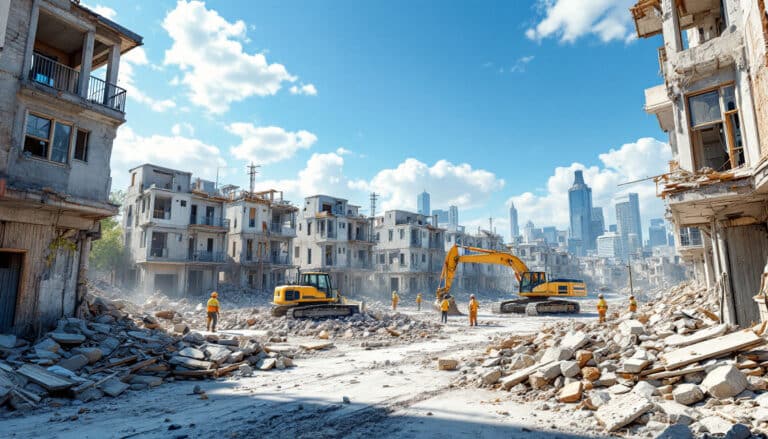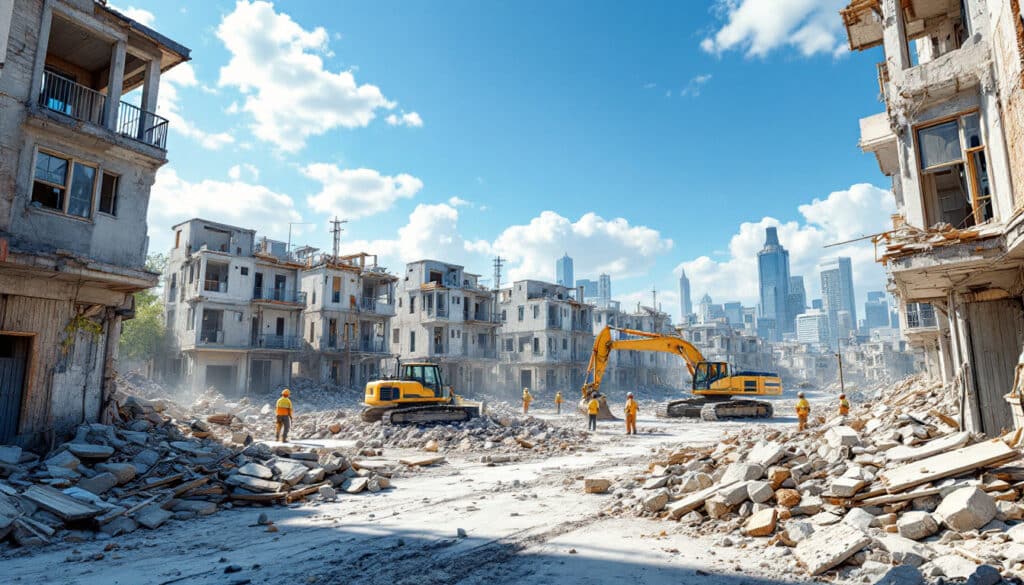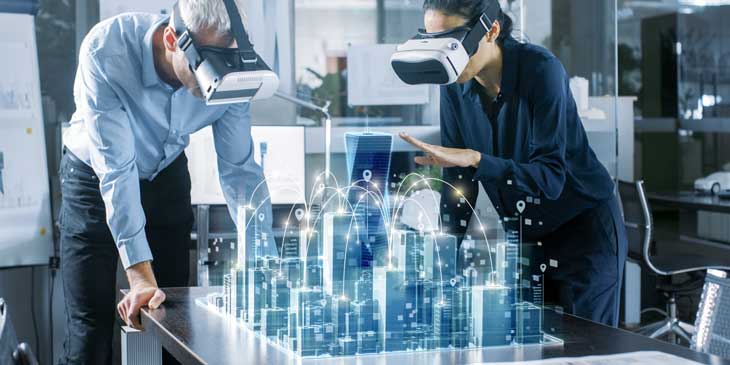At NUWC Keyport, additive manufacturing is not just about shaping objects; it is redefining the future of economic innovation. By integrating cutting-edge technologies, this facility becomes a true creation laboratory where each project is a promise of quick and efficient solutions for the naval industry. From modifying components to producing essential parts, this center stands at the crossroads of creativity and performance, pulsing to the rhythm of the technological revolution that is transforming the industrial landscape.
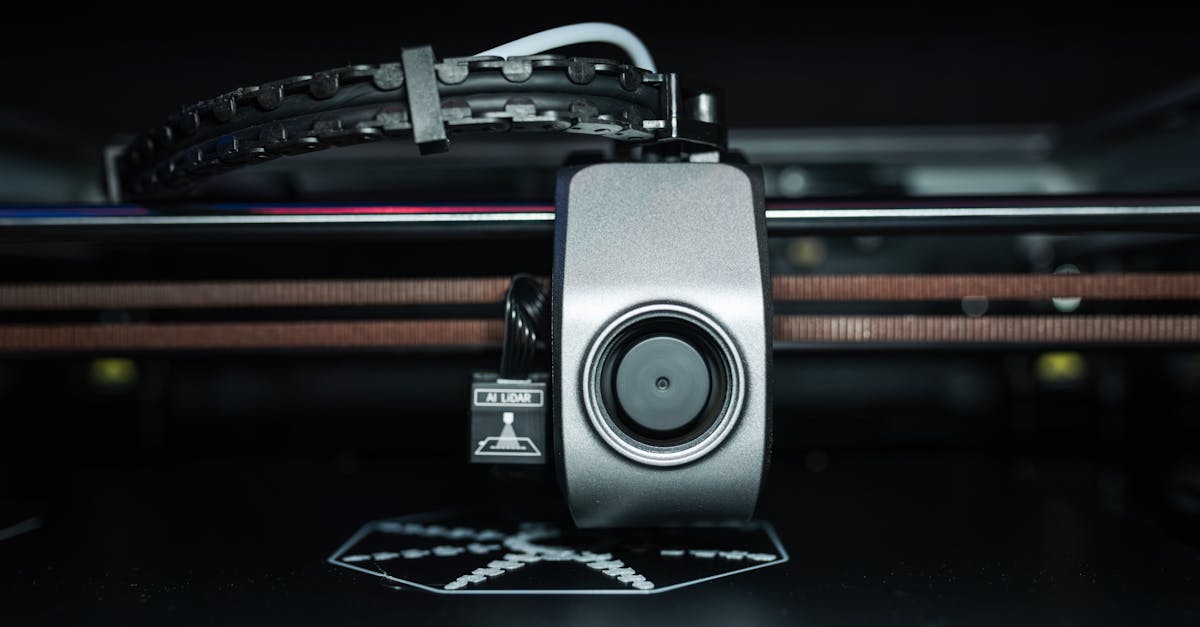
Additive manufacturing, also known as 3D printing, is experiencing remarkable evolution at NUWC Keyport, thanks to cutting-edge technologies. This center has become a true ecosystem of innovation that constantly seeks to optimize production processes. Here, advanced manufacturing technologies are implemented to create parts specific to digital data, allowing for significantly reduced lead times and production costs.
Table of Contents
ToggleConcrete applications of the process
The engineers at NUWC Keyport implement innovative solutions to design and repair military equipment. For example, additive manufacturing techniques allow for the production of parts intended for submarines or ships, thereby contributing to the efficiency of naval operations. By optimizing these parts, the center offers a quick and economical alternative to traditional production methods that can be long and costly. This also reduces the need for inventory as it is now possible to manufacture parts on demand.
Impact on logistics and maintenance
By providing direct access to critical parts, NUWC Keyport transforms the landscape of naval maintenance. Ships can be restored more quickly, thus avoiding costly wait times. Thanks to 3D printing, the repair process is simplified, allowing technicians to create solutions on-site. This dynamic approach results in better availability of naval resources and thus strengthens operational readiness.

